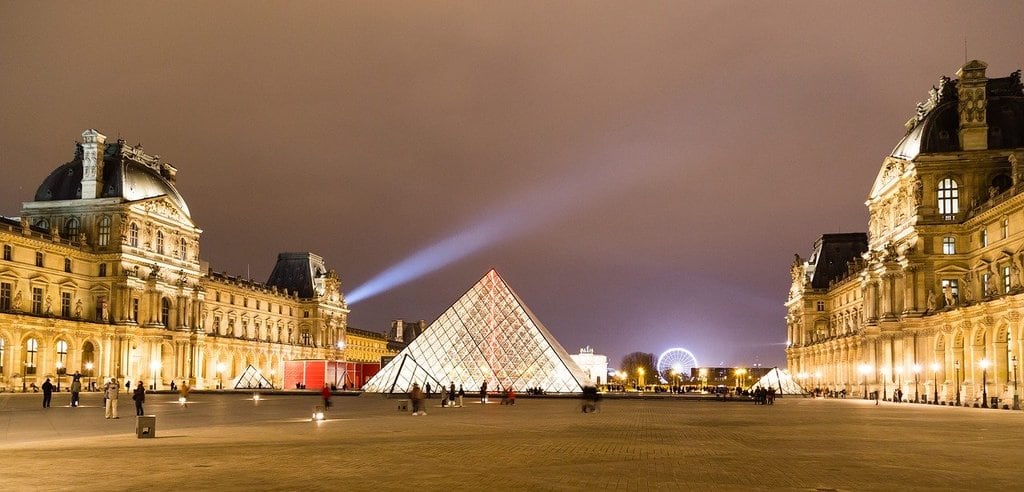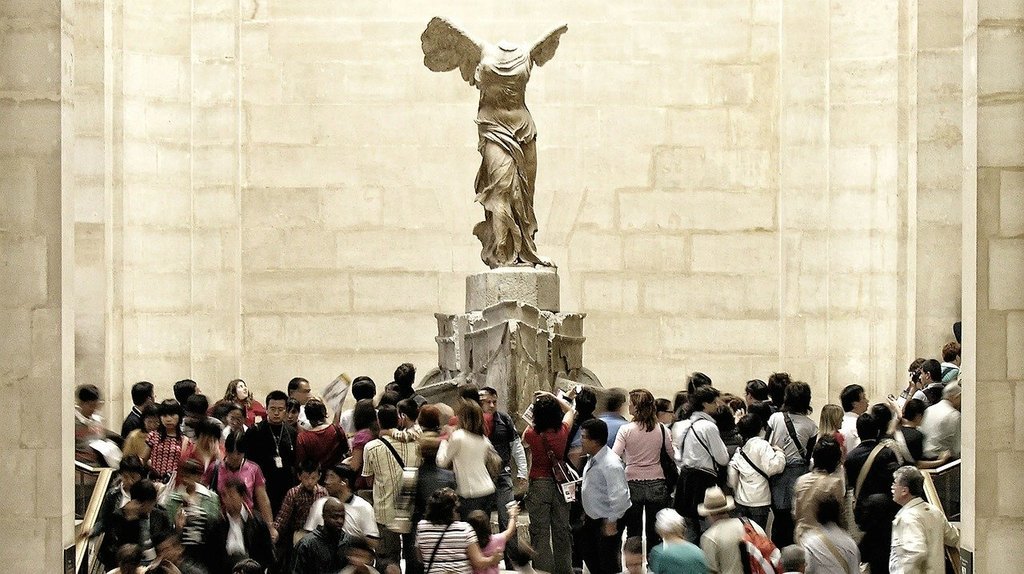Exploring timeless masterpieces

Art has always held a mirror to the human soul, reflecting the diverse spectrum of emotions, stories, and experiences that define our existence. Through the ages, certain works of art have transcended their time and place, earning the status of timeless masterpieces. These creations, whether on canvas, in stone, or through music, capture the essence of what it means to be human and continue to inspire and provoke thought long after their inception.
Exploring the Timeless Masterpieces of Art History
The world of art is a vast expanse of creativity and expression, where some works stand out as enduring symbols of human ingenuity. These masterpieces span various cultures and eras, yet they all share a common thread: they resonate deeply with viewers and continue to influence art and society.
One of the most iconic examples is Leonardo da Vinci’s “Mona Lisa.” This painting, with its enigmatic smile and masterful use of sfumato, remains one of the most studied and revered works in art history. Its allure lies not just in its aesthetic beauty, but in its mysterious quality that invites endless interpretation.
Classical Antiquity: the Foundation of Art
Classical antiquity laid the groundwork for many artistic principles that continue to shape contemporary art. Greek sculptures, such as the Venus de Milo, exemplify the pursuit of ideal beauty and anatomical perfection. These sculptures were not just artistic expressions but also embodiments of the cultural values of their time.
Similarly, Roman art and architecture, like the Colosseum, reflect the grandeur and ambition of the Roman Empire. These structures were designed to impress and convey power, yet they also showcase remarkable engineering prowess that has stood the test of time.

The Renaissance: a Rebirth of Art and Culture
The Renaissance marked a profound cultural revival, emphasizing humanism and the rediscovery of classical philosophy. Michelangelo’s Sistine Chapel ceiling is a testament to the artistic and intellectual spirit of this period. The intricate frescoes, depicting scenes from the Book of Genesis, demonstrate a profound understanding of human anatomy and emotion.
Another quintessential Renaissance work is Botticelli’s “The Birth of Venus.” This painting captures the grace and beauty of mythological themes, rendered with delicate lines and vibrant colors. Such works are not merely visual treats but also rich in symbolic meaning, reflecting the intellectual currents of their time.
Baroque to Modern: evolution of Artistic Expression
The Baroque period introduced dramatic intensity and movement into art, with Caravaggio’s “The Calling of Saint Matthew” standing as a prime example. The use of chiaroscuro, contrasting light and shadow, adds a dynamic quality that captivates viewers.
Moving into the modern era, Vincent van Gogh’s “Starry Night” represents a shift towards personal expression and emotional depth. Van Gogh’s swirling night sky, with its vivid colors and bold strokes, conveys a sense of turmoil and wonder that continues to resonate with audiences.
Key Characteristics of Timeless Masterpieces
- Universality: these works address themes that are universally understood and appreciated, such as love, beauty, conflict, and the human condition.
- Innovative Techniques: many timeless masterpieces introduced new artistic methods or styles that significantly influenced the course of art history.
- Emotional Impact: they evoke strong emotional responses, whether it be awe, joy, sorrow, or contemplation.
- Cultural Significance: these pieces often reflect the social, political, and cultural contexts of their time, offering insights into historical periods and movements.
The Enduring Influence of Masterpieces
Timeless masterpieces continue to inspire new generations of artists and art lovers. They serve as benchmarks of excellence and innovation, encouraging contemporary creators to push the boundaries of their own work. Museums and galleries around the world proudly display these works, attracting millions of visitors who seek to experience the profound beauty and depth of these creations firsthand.
In the digital age, access to art has expanded dramatically, allowing more people to explore and appreciate these masterpieces. Online galleries and virtual tours make it possible to study and enjoy art from anywhere, fostering a global appreciation for the cultural heritage they represent.
Timeless masterpieces are not just relics of the past; they are living treasures that connect us to the broader human experience. Their enduring appeal lies in their ability to speak to the core of our shared humanity, reminding us of our collective history and the boundless potential of human creativity.